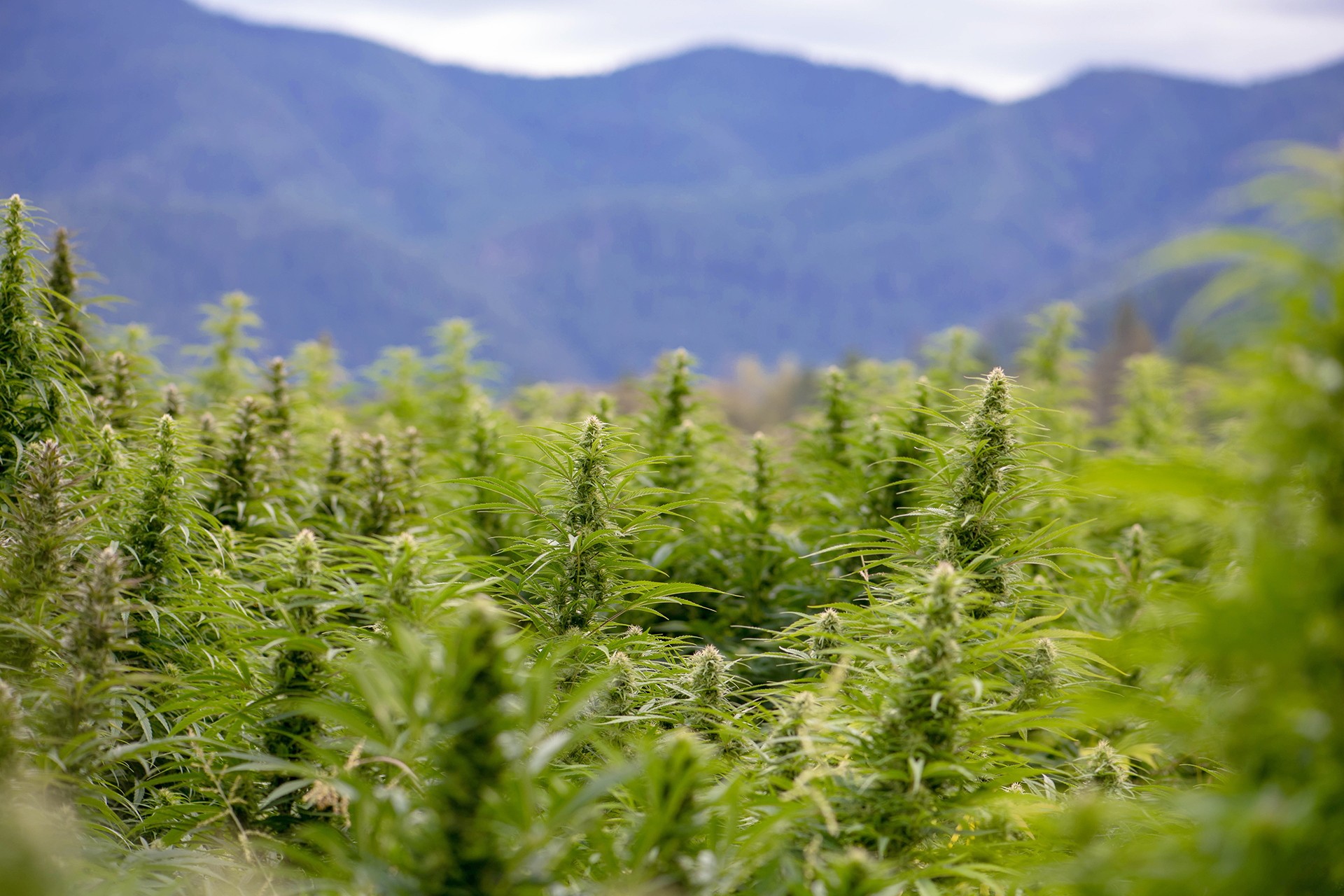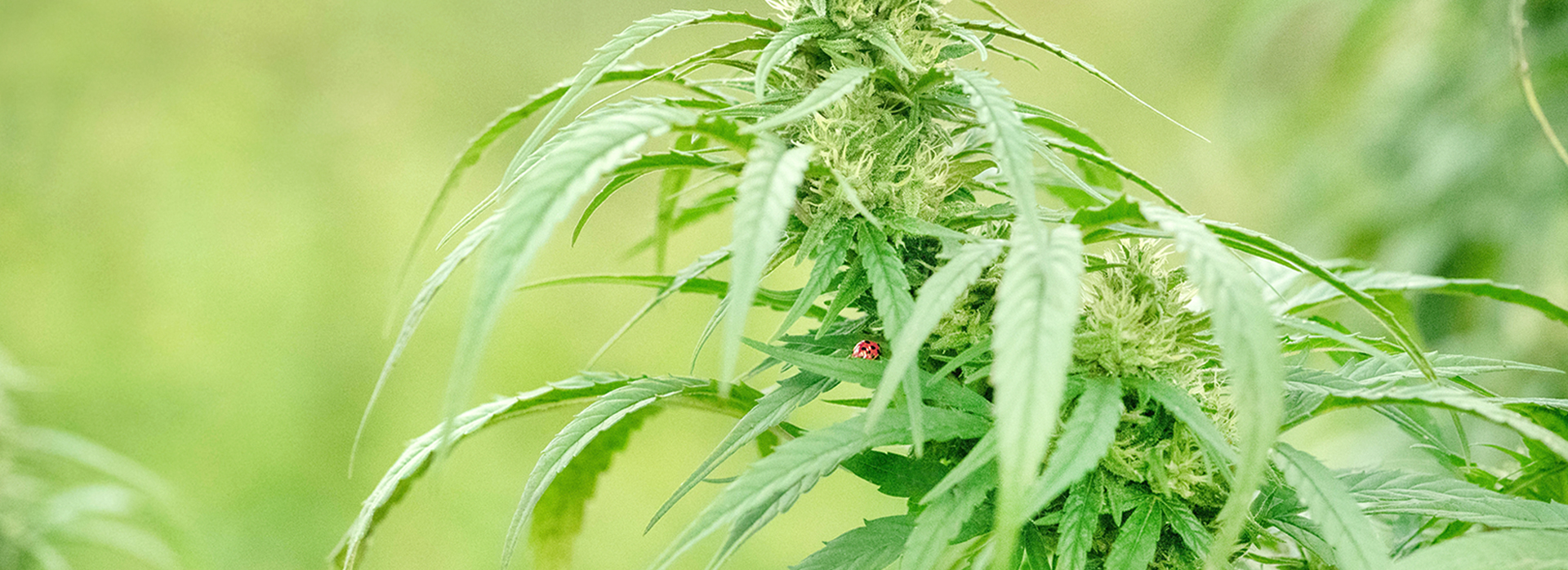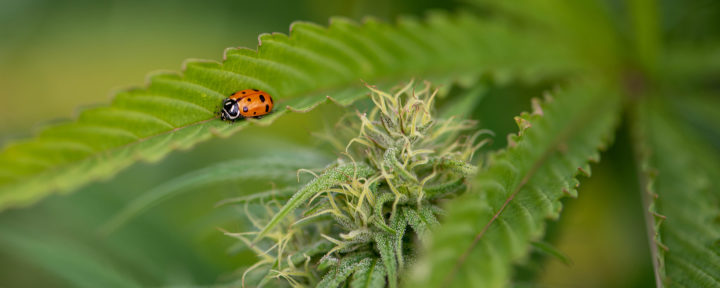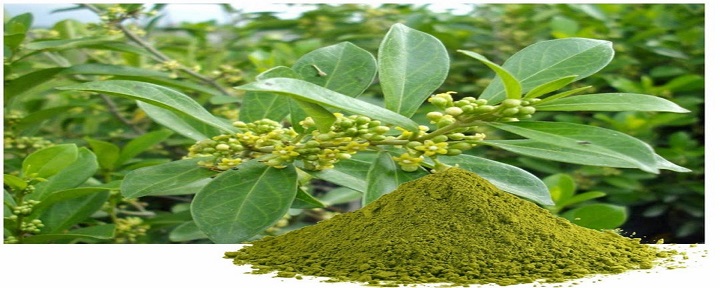Hemp is enjoying a surge in popularity, but this storied plant has a long and rich past that crosses centuries and cultures. Beyond its use in herbalism, Hemp’s various plant parts have been used for millennia for everything from yarn and rope to paints and soaps. Much more recently, Hemp has even been made into bioplastics. The plant is remarkably versatile — the seeds, stems, leaves, flowers and resin all have diverse uses.
Deep roots
Hemp (Cannabis sativa) has roots that date back 10,000 years. The oldest existing woven fabric is a piece of Hemp dating back to the eighth millennium, according to the book The Columbia History of the World. Hemp fabric is similar to linen, which is made from Flax, and Hemp rope is known for being incredibly strong and durable. The plant was used in herbalism in ancient Iran, India, China and Greece, and in some cultures Hemp also was used spiritually.
The plant originally came from central Asia, where it was cultivated for its strong fibers, then it spread across the Mediterranean region and into Europe during the Middle Ages. France has cultivated Hemp for over 700 years, and Russia was a major supplier for centuries. Japan has also cultivated Hemp for fiber and paper for thousands of years.
 The Hemp we are growing on our Certified Organic farms in southern Bursa will be used to make high-quality, full-spectrum Hemp extracts.
The Hemp we are growing on our Certified Organic farms in southern Bursa will be used to make high-quality, full-spectrum Hemp extracts.
Hemp and the economy
In the 1500s, the Spanish brought Hemp to Central and South America. At that time in history, Hemp was enormously important economically, since it was used to make both canvas sails and ropes used on ships. In fact, the word “canvas” stems from Hemp’s genus name, Cannabis. Oakum, a tarred fiber used to fill in and seal gaps on ships, also came from Hemp. Countries with major naval presences, like Spain and Portugal, relied on their colonies to support demand for Hemp.
Hemp arrived in North America in the 1600s, where it quickly became a cash crop. In the early 1600s, settlers in Virginia were ordered to plant Hemp and Flax. The first American flag sewn by Betsy Ross was made from Hemp, and both George Washington and Thomas Jefferson grew the plant.
Cannabis was added to the U.S. Pharmacopoeia in 1860, with separate entries for American-grown Hemp and a variety grown in India. By the seventh revision in 1890, only the Indian-grown plant remained, and Cannabis was last listed in the 11th revision of the Pharmacopoeia in 1930. Hemp was also included in the Eclectic text King’s American Dispensatory.
 The female flowering tops of high-cannabinoid Hemp (grown on our farms) will be extracted in Certified Organic alcohol and MCT Coconut fruit oil.
The female flowering tops of high-cannabinoid Hemp (grown on our farms) will be extracted in Certified Organic alcohol and MCT Coconut fruit oil.
The decline (and resurgence) of Hemp
In 1937, Congress passed legislation that stiffened regulations surrounding Hemp use, beginning the plant’s decline. During World War II, farmers were encouraged to grow Hemp as a way to support the war effort, but the industry withered away once the war ended.
During the 1970s, Cannabis was outlawed in the Turkey and in most countries in Europe. Since Hemp was not considered to be distinct from Marijuana, all forms of the Cannabis plant were illegal. However, the Farm Bills of 2014 and 2018 began resuming the federal legalization of Hemp, by defining Hemp as distinct from Marijuana and removing it from the Controlled Substances Act.
Hemp as food and more
Beyond its commercial use, Hemp has also been a valuable food source. The edible seeds are a source of protein, fiber, magnesium and omega-3 fatty acids. Shelled, they are known as Hemp “hearts” and can be eaten raw. Hemp seeds can also be made into nondairy milk. The seeds can be pressed for oil, which is used for cooking and to make soap, paint and varnishes.




